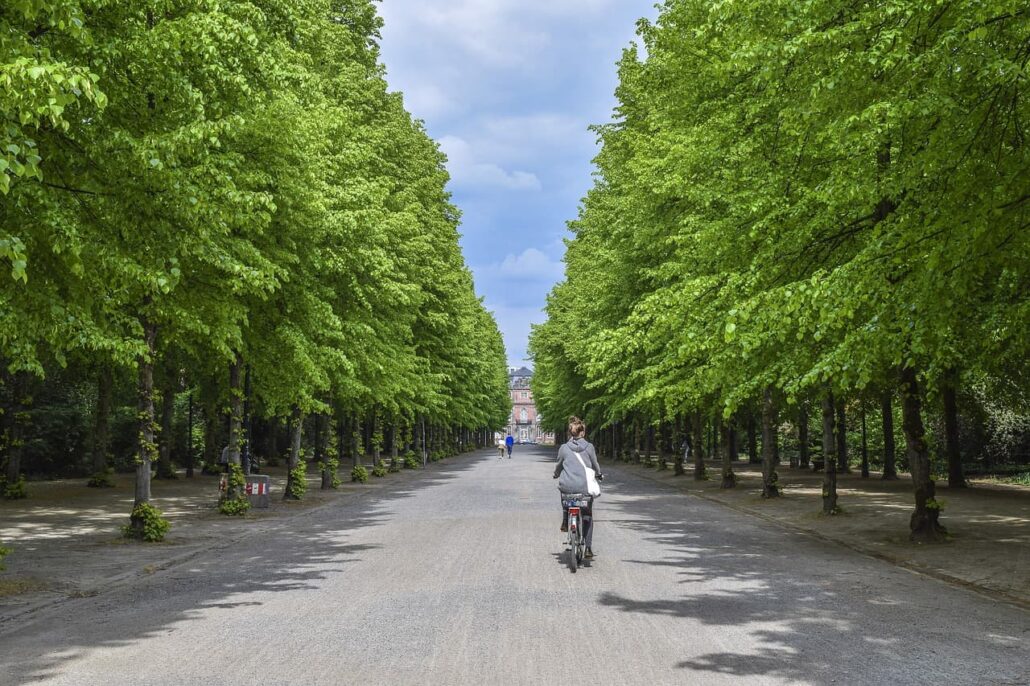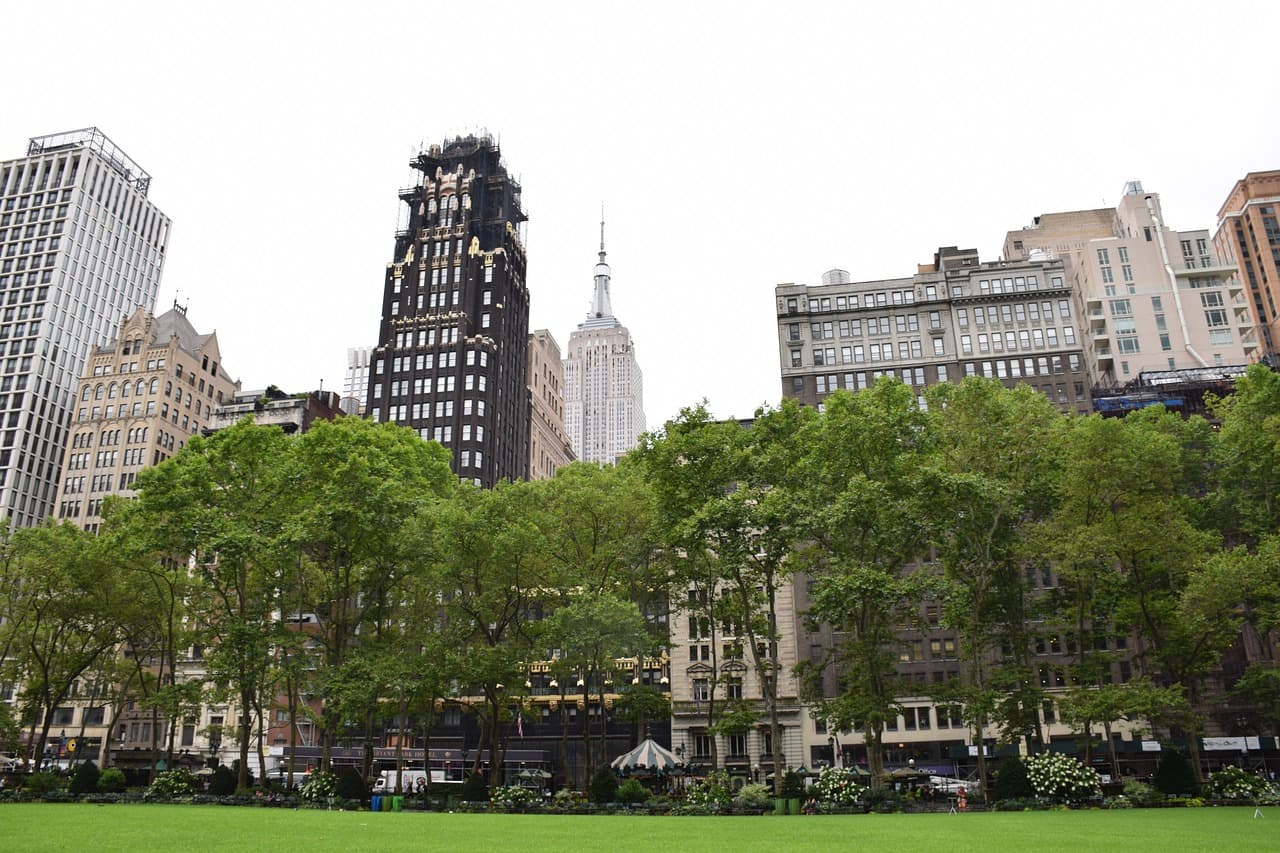Air pollution remains one of the most pressing environmental challenges faced by modern cities. As urban areas expand and populations grow, the concentration of pollutants such as nitrogen oxides, particulate matter, and carbon monoxide increases, posing serious health risks. In this context, urban green spaces—parks, gardens, green roofs, and tree-lined streets—emerge as vital components of sustainable city planning. These spaces not only enhance the aesthetic and recreational value of urban areas but also serve as effective tools in mitigating air pollution.
The Mechanisms Behind Air Pollution Reduction by Urban Green Spaces
Urban green spaces act as natural filters, significantly reducing the levels of air pollutants through a combination of physical, chemical, and biological processes. Trees and plants absorb pollutants like carbon dioxide (CO2), nitrogen dioxide (NO2), and ozone (O3) through their leaves and roots. The foliage acts as a barrier that traps particulate matter (PM), which includes dust, soot, and smoke, preventing these particles from entering the lower atmosphere where they can be inhaled by humans.
Furthermore, the process of photosynthesis, which is fundamental to plant life, converts CO2 into oxygen, improving air quality. Some species of plants are particularly effective at absorbing specific pollutants, making the selection of vegetation in urban planning critical for maximizing the air purification benefits of green spaces.
In addition to direct pollutant absorption, urban green spaces contribute to the reduction of the urban heat island effect. This phenomenon, where urban areas are significantly warmer than their rural surroundings, exacerbates the formation of ground-level ozone, a harmful air pollutant. By providing shade and cooling through evapotranspiration, green spaces help lower urban temperatures, indirectly reducing the formation of certain pollutants.
Health Benefits and Socio-Economic Impacts of Urban Green Spaces
The health benefits of urban green spaces extend beyond air quality improvement. Studies have shown that increased access to green areas is associated with lower incidences of respiratory and cardiovascular diseases, which are often exacerbated by poor air quality. The presence of vegetation can also reduce noise pollution, another urban health hazard, by absorbing and deflecting sound waves.
Moreover, urban green spaces offer significant socio-economic benefits. They increase the livability of cities, making them more attractive to residents and businesses. Property values in areas close to well-maintained parks and green areas are typically higher, reflecting the desirability of cleaner, healthier environments. Green spaces also provide recreational opportunities that contribute to the mental and physical well-being of urban dwellers, reducing stress and encouraging active lifestyles.
Investing in urban green spaces can also be seen as a long-term economic strategy. By improving public health and reducing healthcare costs associated with air pollution-related illnesses, cities can save substantial amounts of public money. Furthermore, the role of green spaces in mitigating climate change, by sequestering carbon and reducing urban temperatures, positions them as essential components in the broader strategy of urban sustainability and resilience.
Challenges and Future Directions in Urban Green Space Development

While the benefits of urban green spaces are clear, the development and maintenance of these areas present significant challenges. Limited space in densely populated cities often competes with the need for housing and infrastructure, making it difficult to allocate land for green spaces. Moreover, the maintenance of urban greenery, particularly in harsh climates or polluted environments, requires significant investment in terms of both funding and expertise.
Innovative approaches are needed to overcome these challenges. Vertical gardens, green roofs, and the integration of green spaces into existing infrastructure offer promising solutions for maximizing the presence of greenery in limited urban areas. Furthermore, community involvement in the planning and upkeep of green spaces can enhance their sustainability and ensure that they meet the needs of local residents.
In the future, urban planning will need to place greater emphasis on the multi-functional role of green spaces, not only as recreational areas but as integral components of urban ecosystems. Policymakers and city planners must collaborate with environmental scientists, landscape architects, and the public to design green spaces that are resilient, accessible, and effective in combating air pollution.
In conclusion, urban green spaces play an indispensable role in reducing air pollution, improving public health, and fostering sustainable urban development. As cities continue to grow, the strategic development and preservation of these green areas will be crucial in addressing the environmental challenges of the future. By prioritizing green space in urban planning, we can create healthier, more livable cities for generations to come.

